Today, the most relevant B2B e-commerce trends are:
- Composable e-commerce based on API.
- Soft e-commerce implementation for B2B clients.
- High personalization in e-commerce B2B.
- Unification in B2B & B2C e-commerce.
- AR, VR, and voice search.
Changes in the demographics of buyers of B2B organizations and technological advances affected the B2B e-commerce industry. Generation Y understands digital technologies more and depends on them, while the buyers of the X generation took over most of the leading roles. As a result, the e-commerce B2B experienced a considerable increase, and the industry continues to develop every day. Today’s client B2B purchases on e-commerce sites and appreciates convenience, speed, safety, and personalization.
But despite this, B2B is a paradoxical e-commerce model: although it encourages brilliant innovations, in some respects, it is also stuck in its old “habits.” Despite the impressive economic growth, B2B e-commerce looks outdated in terms of presence on the Internet compared to B2C. The accelerated shifts in the latest e-commerce marketing trends and changing customer expectations have made 2021 a pivotal year for this e-commerce model. What changes should we expect to see? In this article, we will consider the most relevant B2B e-commerce trends, which will make your business discover new positive parties.
Composable E-commerce Based On API

The term ‘composable business’ was introduced by Gartner in 2020 as “creating an organization made from interchangeable building blocks”. From the point of view of e-commerce business processes, this means the implementation of flexible and modular business scenarios based on applications both from the electronic commerce platform supplier and other leading components in the market. The main thing – they must work with the API.
The API (Application Programming Interface) collects data from the e-commerce back-end, transforms it into an appropriate network protocol, and then delivers the data to a wide variety of customer interaction applications and vice versa. In such a way, you can connect various third-party solutions to get a flexible system adapted to the demands of your business, such as:
- ERP
- CRM
- PIM
- AI
By bringing back-end and middleware together, leveraging existing systems, and adding best-of-breed third-party applications, a merchant organization can create the best-performing and most flexible IT platform tailored to the business needs of the e-commerce niche in which it operates.
Thus, the composite e-commerce based on the API allows enterprises to respond to innovation more quickly and constantly change to meet every customer’s expectation. In 2021, this will be one of the main B2B e-commerce trends, which will begin to apply more and more actively.
Soft E-commerce Implementation For B2B Clients
The importance of adopting online trading as a procurement method for your clients is very high for the success of the B2B e-commerce platform. The best way to help customers and your employees get used to the new e-commerce experience is to develop it in small portions. Such a B2B e-commerce strategy helps attract customers and show them the advantages of a new platform without overloading them with a complex interface and tools.
In fact, the acceptance of e-commerce by users means effectively guiding your business customers by moving from offline sales in person (or phone sales) to online orders without disrupting their user experience, loyalty, and trust. This way, you will only get the positives from the latest e-commerce trends.
But for many years, B2B e-commerce has traditionally been the practice of personal service of customer service managers. So any customer who has used personalized service in the past may feel uncomfortable with new e-commerce practices that involve learning a new, unfamiliar ordering interface.
Follow our recommendations to attract new B2B users to shop in your online store:
- Develop a step-by-step strategy to expand your e-commerce functions.
- At each stage, inform your customers about the new functions of your e-commerce platform.
- Attract your sales department to assist clients, including placement of orders, interface explanation, and collaboration of order forms.
- Support buyers to feel the attention and care of sellers, their desire to help them choose the right products at the best prices.
High Personalization In E-commerce B2B

B2B customer orders are usually posted by customer employees, and only a small part of orders is automatically executed by servers. These people have already formed individual requirements and buying habits based on the latest e-commerce trends of B2C. Your clients expect the same level of personalization as from B2C giants, such as Netflix and Amazon. Thus, buyers impose high hopes on the ability of B2B companies to respond to their needs and personalize customer interaction.
In this B2B e-commerce strategy, you need to focus on B2B personalization, including both a specific client organization and a specific employee who serves as a buyer. According to the current practice, B2B personalization operates on two levels:
- On the one hand, personalization is focused on the specific organization of the buyer.
- And on the other – on a specific ultimate employee.
Consider the possibility of providing for a customer personalized limits, catalog, ordering, and delivery. And users will have personalized processing of orders, shopping, and bonuses based on their user profiles.
When B2B clients purchase, they are guided by other factors than B2C, since they have different goals. While B2C focuses on obtaining pleasure from the product, B2B focuses on the product’s quality, simplicity, and benefits; they value the optimization and reliability of business processes and seek to obtain an effective experience that will help them grow.
Online trade processes should be maximally automated to satisfy the B2B user and all its needs. It should be not only a convenient interface with custom filters but also have clear prices, payment in one click, convenient post-processing of the order with the delivery of documents (paper or with a digital signature), and other latest e-commerce trends.
Unification In B2B & B2C E-commerce
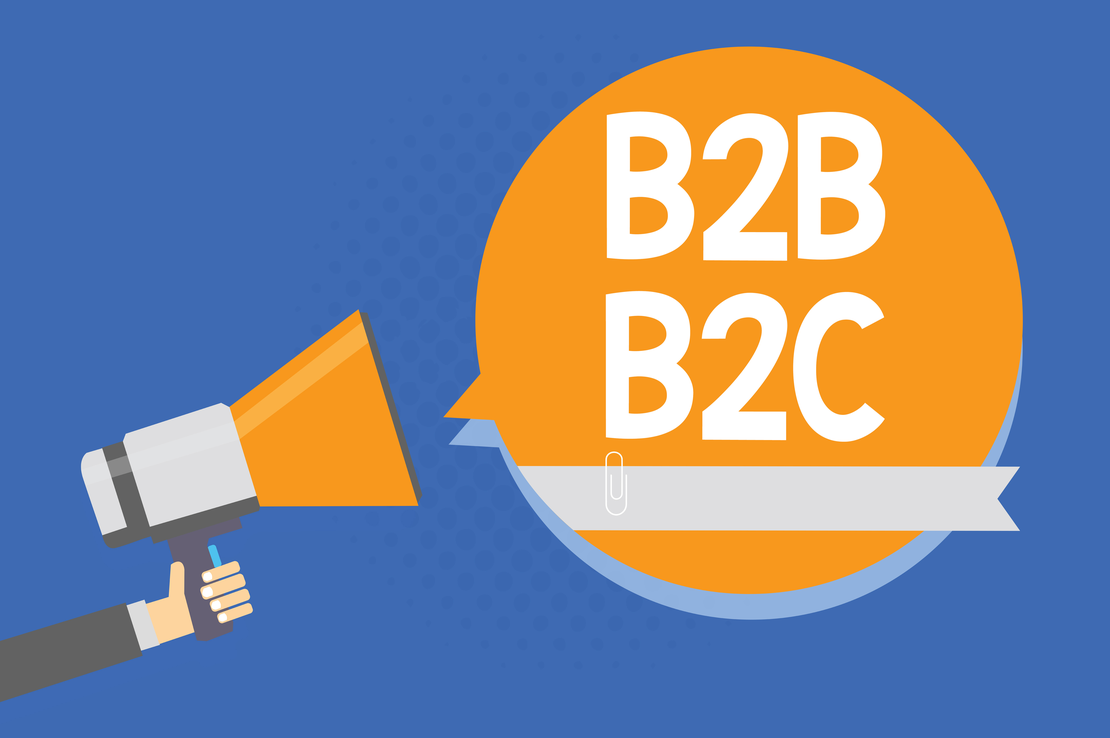
An increasing number of enterprises expand their sales of both retailers and enterprises in order to increase the income and market share. As a rule, many companies separate their B2B and B2C channels to optimize their operations since these two markets are very different.
E-commerce B2C (business to the consumer) is the most developed online trading sector in terms of functionality and customer service. Therefore, B2B (business to business) and B2G (business to the government) will be more likely to resemble the B2C since people making business orders expect the same user experience as if they were retailers. This resemblance is especially true now. After all, the generation of “millennials” passioned by the Internet becomes persons in companies that make decisions.
Now that some of the largest e-commerce providers are recognizing the benefits of a single site for both businesses and retail shoppers, we can conclude that this is a way to unleash the market’s full potential as we move towards the future of online sales.
The unified trading platform provides flexibility to meet customer needs in both B2B and B2C. In fact, an increasing number of customers prefer online purchases using an interface for self-service. With the current dynamic B2B market, buyers need a simple, intuitive, and similar B2C online shopping experience. Currently, such unhindered experience requires companies to provide a variety of self-service opportunities:
- It is not enough to place the catalog of its products on the Internet; it is necessary to ensure its customers with more characteristics of these products and services and facilitate the search. It can be banners for new products with improved characteristics or products at special prices.
- Develop recommendations for purchasing related goods, such as consumables or repair kits; this is a cross-sales B2B e-commerce strategy that helps increase the average check.
- Attract regular customers to write feedback to help new customers make purchasing decisions.
In other words, try to incorporate all the features you are familiar with that you love in B2C on your B2B e-commerce website and keep improving your customer experience.
AR, VR, And Voice Search

We have already talked a lot about improving the quality of customer service as a basic B2B e-commerce strategy, and most of these functions can be borrowed from the B2C e-commerce practice. Promotion of complex products, such as manufacturing equipment, machinery, and mechanisms, biotechnological and chemical equipment, automation, and robots, can be effectively implemented using tools:
- Augmented Reality (AR)
- Virtual Reality (VR)
These tools are ideal for demonstrating suitable spare parts and for the process of replacing consumables. Customers spend a significant amount of time studying and evaluating products before making a purchase decision. Consequently, if the information presented on your B2B e-commerce website is more convincing, including the use of AR/VR, then the higher the conversion rate of visitors to buyers will be.
In e-commerce, voice search is not just one of the new B2B e-commerce trends but also another way to communicate with sellers in the sector, which buyers usually use to re-order certain goods or purchase inexpensive items. Programs such as Amazon Alexa, Google Assistant from Google, Siri from Apple, Bixby from Samsung, and Cortana from Microsoft, are just a few examples of some voice platforms that can effectively solve the tasks of finding the desired products.
The potential for the development of voice search and order is vast. Combined with a virtual assistant AI, voice search can be a good sales channel. For example, buyers can ask a voice which components are included in the product, starting from the simplest question- “Are there batteries?” and getting answers to much more complex requests. It all depends on how well you will train your AI engine to respond to typical customer issues.
The latest e-commerce trends in B2B promise steady sales growth for companies of any size. Nevertheless, it is essential to use these strategies correctly. In the end, not every trend is valuable, and no one knows which ones deserve your attention and effort. Although some of them offer tremendous value for the business, others may not fit your specific target audience or may be too expensive for your business to ensure decent profitability of investments. Understanding correct trends for your business often requires knowledge of your own market and track competitors. So, stay up to date with industry reviews about current market trends and be in touch with reliable assistants such as AdScale, which understand your market and carefully follow the technologies.
FAQ
B2B e-commerce is a portal for automating sales in the B2B sphere, which allows you to optimize sales while taking into account the company’s individual requirements for organizing business processes, connecting supplier accounting systems, reducing the burden on managers, and ultimately increasing sales.
B2B e-commerce strategies include:
- Email marketing
- Content marketing
- SMM
- SMS marketing
- Web push marketing
- Messenger Marketing
One of the best B2B e-commerce strategies is automated targeted advertising, which helps you reach an audience interested in the products you are selling. The most advanced platform for automating digital advertising is AdScale.
Suppose you sell bedding in Los Angeles. Your target audience is women from 27 to 45 years old who have children and shop on weekends. Advertising from AdScale for this particular audience will bring you the most benefit.
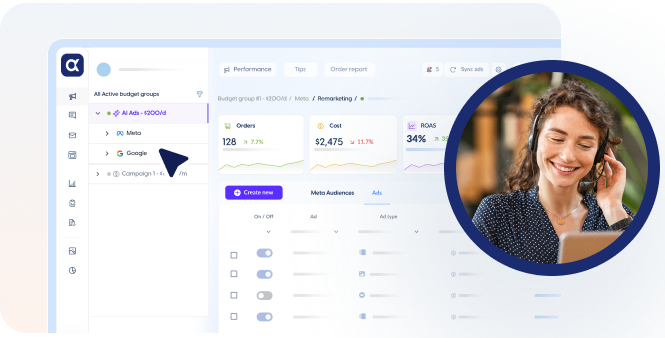

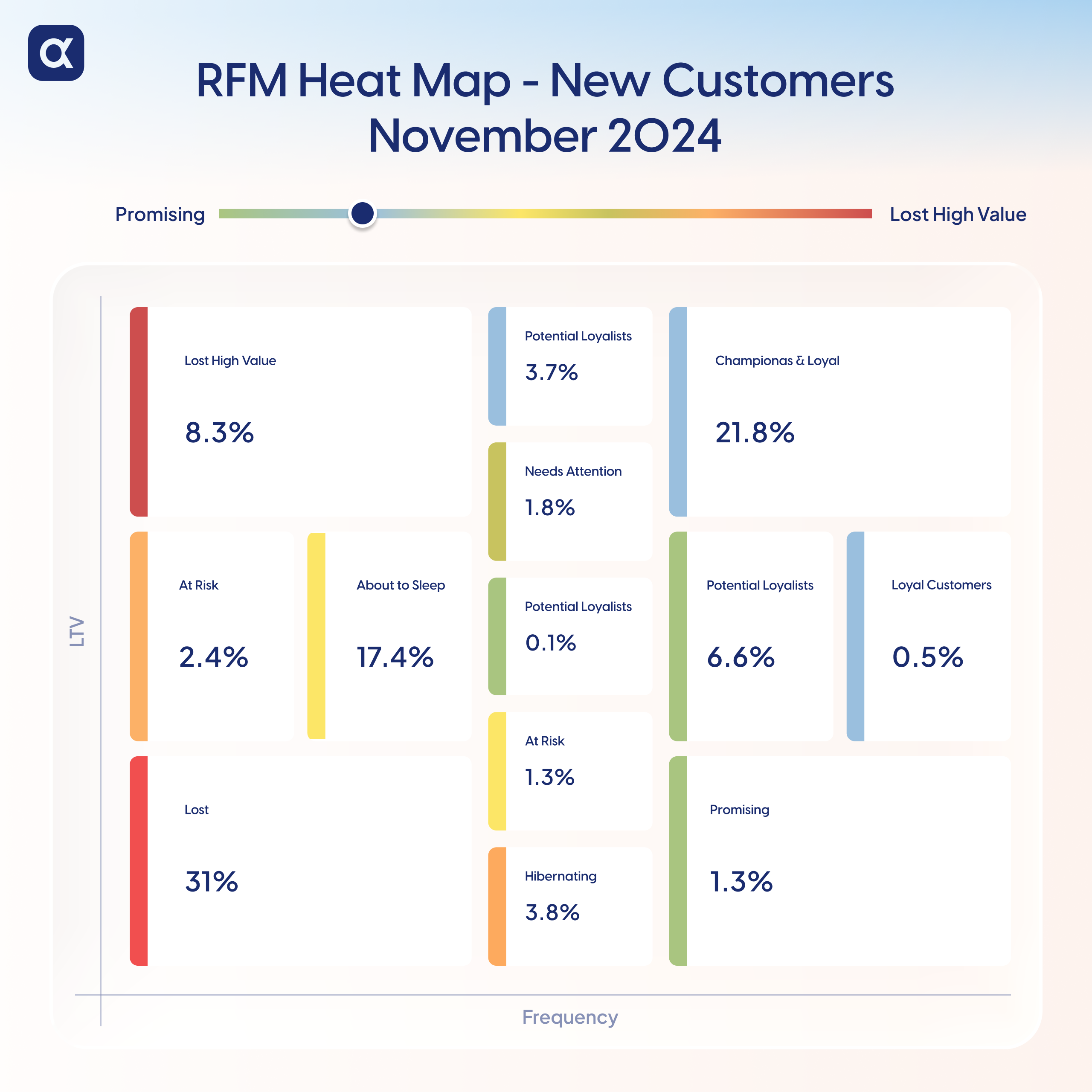






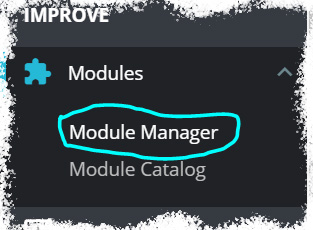

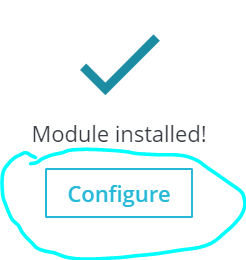



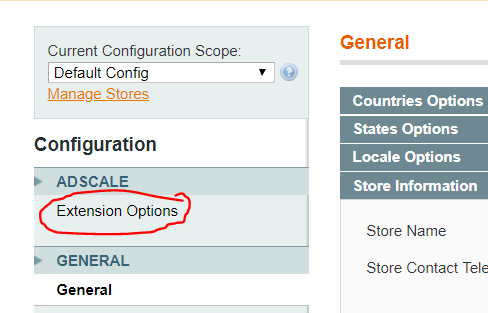
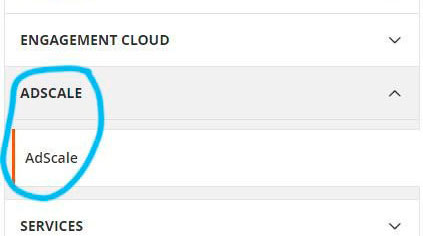

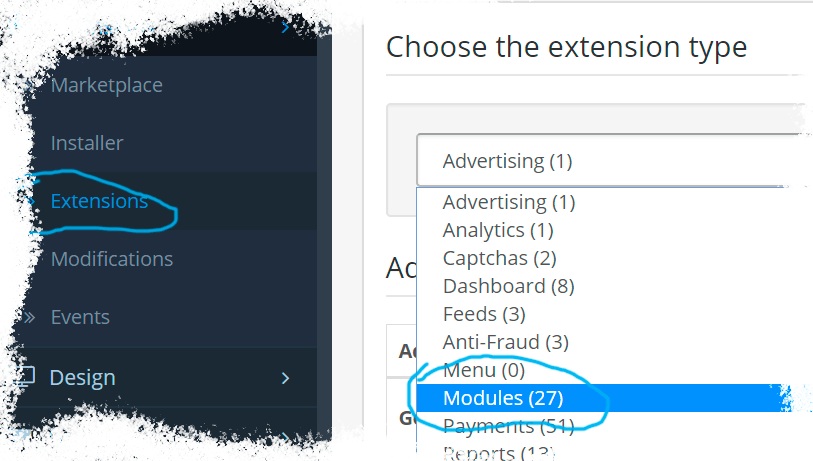
 ,
,